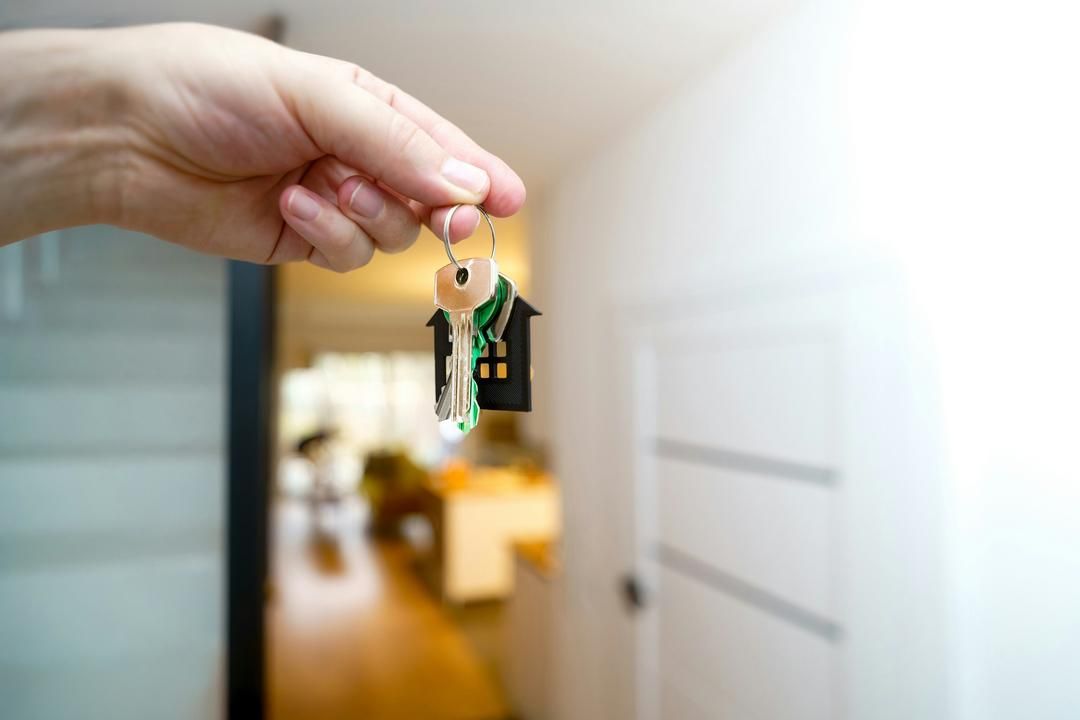The moment your home listing goes live, there’s a rush of anticipation. The photos are showcased, the open house is scheduled, and for many sellers, this is when the whole process starts to feel very real.
Here’s the key takeaway: how your home performs in that crucial first week can significantly shape the entire trajectory of your sale.
That might sound a bit dramatic, but it’s absolutely true. The first seven days are more important than most people realize—this is when your listing is fresh, your potential buyers are most engaged, and your pricing strategy gets its first real test.
Let’s explore why those early days matter so much—and how you can set yourself up for success before the countdown even begins.
You’re Competing With Every “Saved Search” Notification
In the St. Croix Valley, serious buyers are often already set up with alerts that notify them the moment a new home in their price range hits the MLS. Given that nearly 70% of homes sell within 14 days (according to Redfin data from Q1 2025), getting that early exposure is crucial.
Buyers aren’t just browsing casually—they act quickly. Fresh listings attract the most attention and buzz. After about ten days, interest typically drops sharply unless there’s a price adjustment or the home is relisted.
This means you have about a week to capture attention while your listing is at the top of buyers’ feeds. If you miss that window, you might find yourself competing for attention with homes that have been on the market longer.
The First Price Is the Only Price That Matters
Pricing your home correctly from day one is essential in today’s market. A recent survey from Zillow’s 2024 Seller Report highlights that 82% of sellers who had to lower their price after listing experienced regret, primarily because it led to lower offers and extended time on the market.
When your home is priced appropriately from the start, it doesn’t just draw interest—it creates a competitive environment. Buyers are aware that a well-priced home won’t last long, which can lead to stronger offers and better terms.
On the flip side, if you price your home too high, it may sit longer than anticipated, leading to a price drop that can send the wrong signal. Many buyers interpret these drops as a sign that something is off, even if nothing has changed. This could potentially lead to low-ball offers as buyers perceive you as eager to sell.
The bottom line? The longer your home lingers on the market without an offer, the more likely you are to accept less than you could’ve with a better launch strategy.
Buyers Will Pay More When They Feel the Competition
When your home hits the market at a fair, data-backed price and looks appealing, you’re not just attracting buyers—you’re fostering competition.
This is the difference between receiving one offer at list price versus getting multiple offers, including one that waives contingencies and offers flexibility on closing dates.
In 2025, we’re in a market that feels strategic yet sensitive. According to recent data, interest rates are hovering around 6.3%–6.6%. Buyers have become more selective compared to the low-rate era, but they’re still actively searching. When they find a home that feels right, they tend to act fast.
If you can generate that sense of urgency early, you’re on your way to a successful sale.
The Right Prep = Maximum Leverage
Achieving a successful first week isn’t just about luck—it’s all about preparation. This includes:
- Professional staging or styling advice to showcase your home’s best features
- High-quality photography and video that capture the essence of your space
- An engaging listing description that highlights what makes your home special
- A strategic digital marketing plan that reaches buyers where they are—think Instagram, Facebook, email, and more
Why does all of this matter? The broader your exposure in that first week, the better your chances of attracting serious buyers early on. Every showing, inquiry, and conversation during that time increases your odds of receiving a strong offer.
This early activity also builds social proof. When potential buyers see others touring the home or asking questions, it reinforces the idea that this is a home worth acting on quickly.
Your Best Offer Might Come First
It’s a common belief that you should wait to see what comes in "next week." But in this local market? Your strongest offer often comes within the first seven days.
Buyers making early offers are usually the most qualified and motivated. They’ve been watching the market closely and are ready to act decisively.
If you hesitate or wait too long, you risk missing that crucial window—and your home could fall into the category of “stale listings” that buyers start to overlook.
The Bottom Line
You only get one chance to create a first impression. In real estate, that chance lasts about a week.
This doesn’t mean you should rush to market before you’re ready. However, it does mean you need to be deliberate in your preparation. When your home hits the market, it should do so with a competitive price, professional marketing, and a clear plan in place.
Think of the first week as your launch window. The more intentional you are in your preparations, the more successful that launch will be.
If you’re considering selling, the best thing you can do is consult with a real estate agent who knows the St. Croix Valley inside and out and is skilled at maximizing those first critical days. The right guidance can make a real difference—not just in how quickly your home sells, but in how much you ultimately walk away with.






